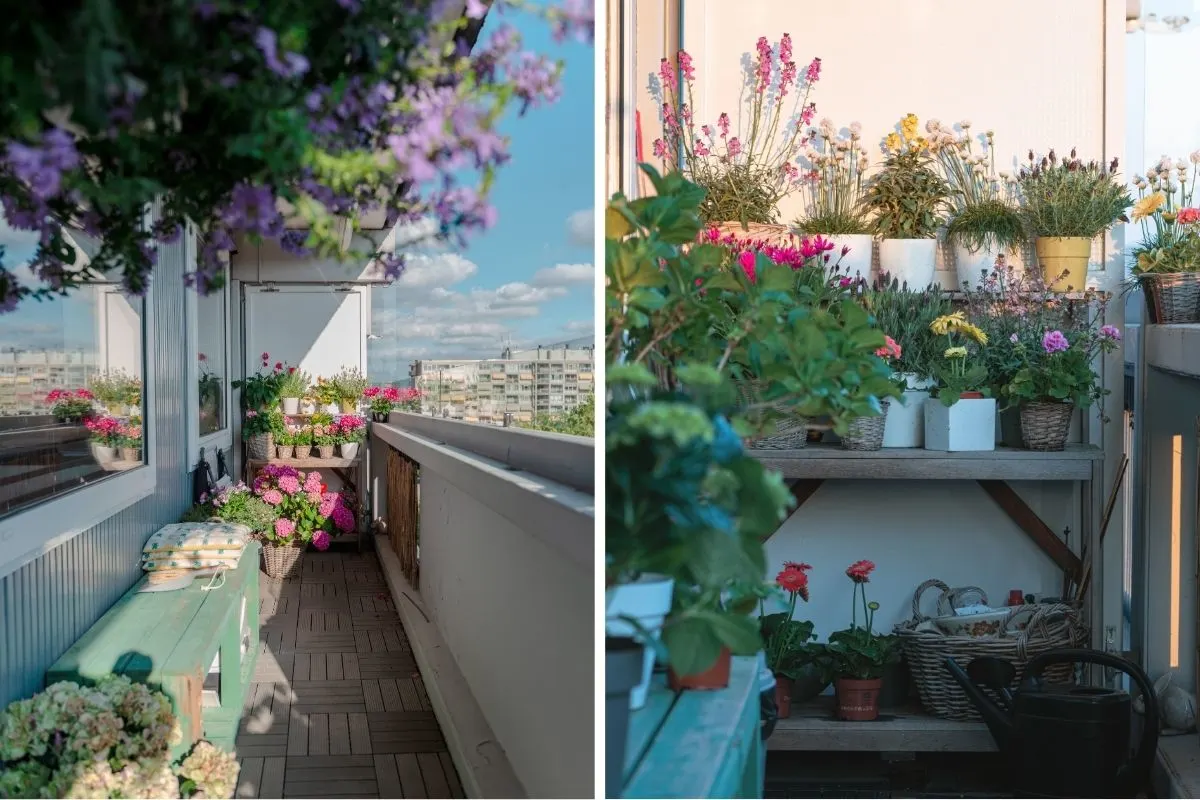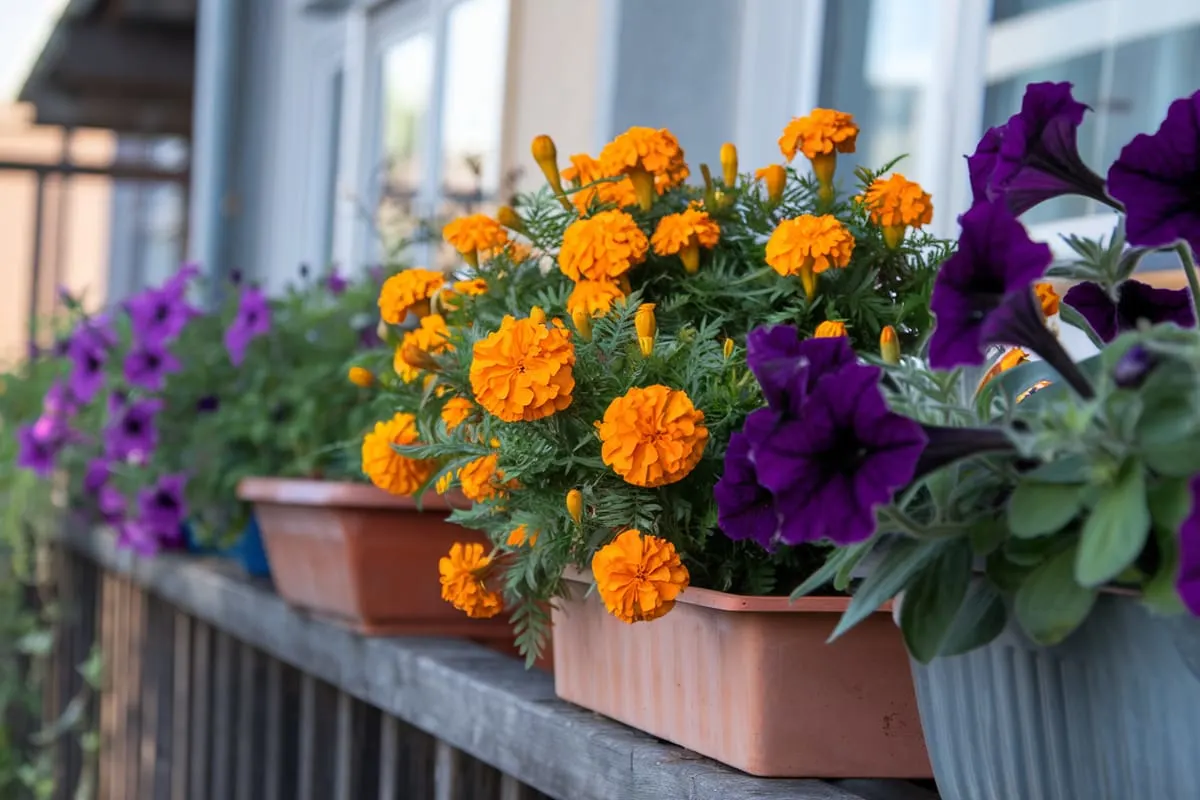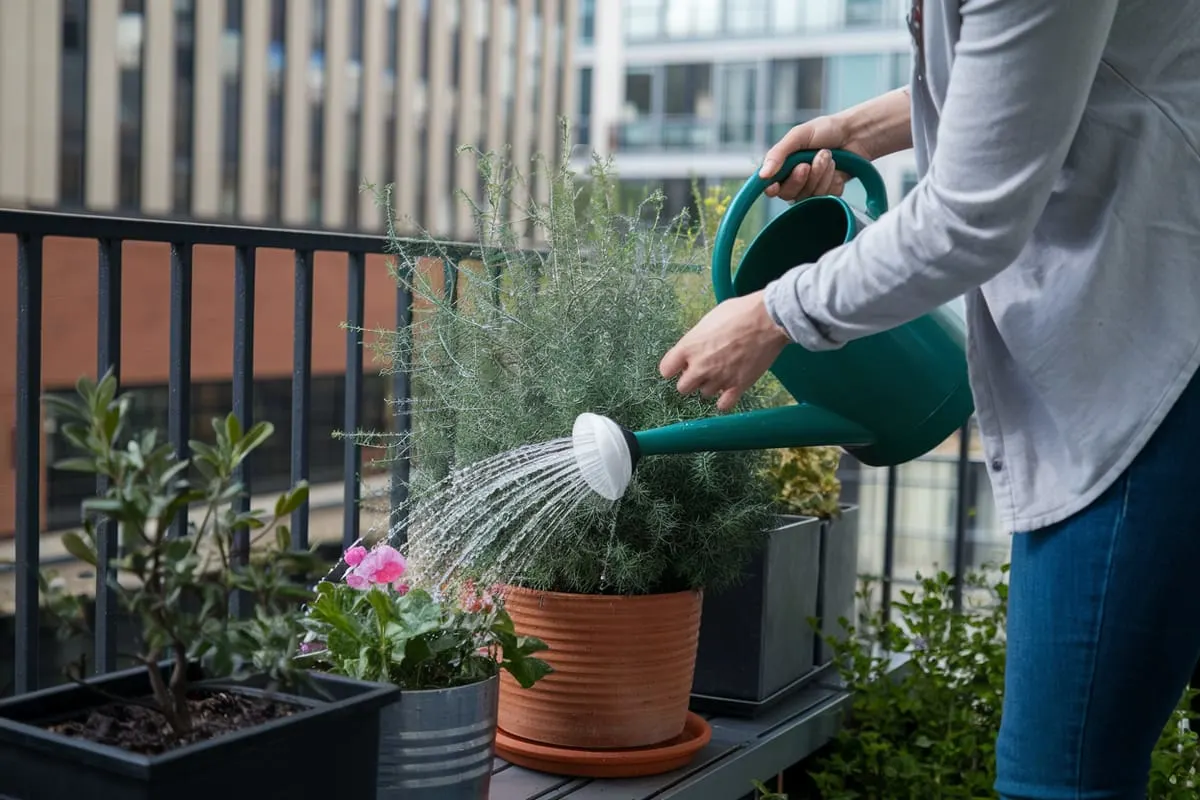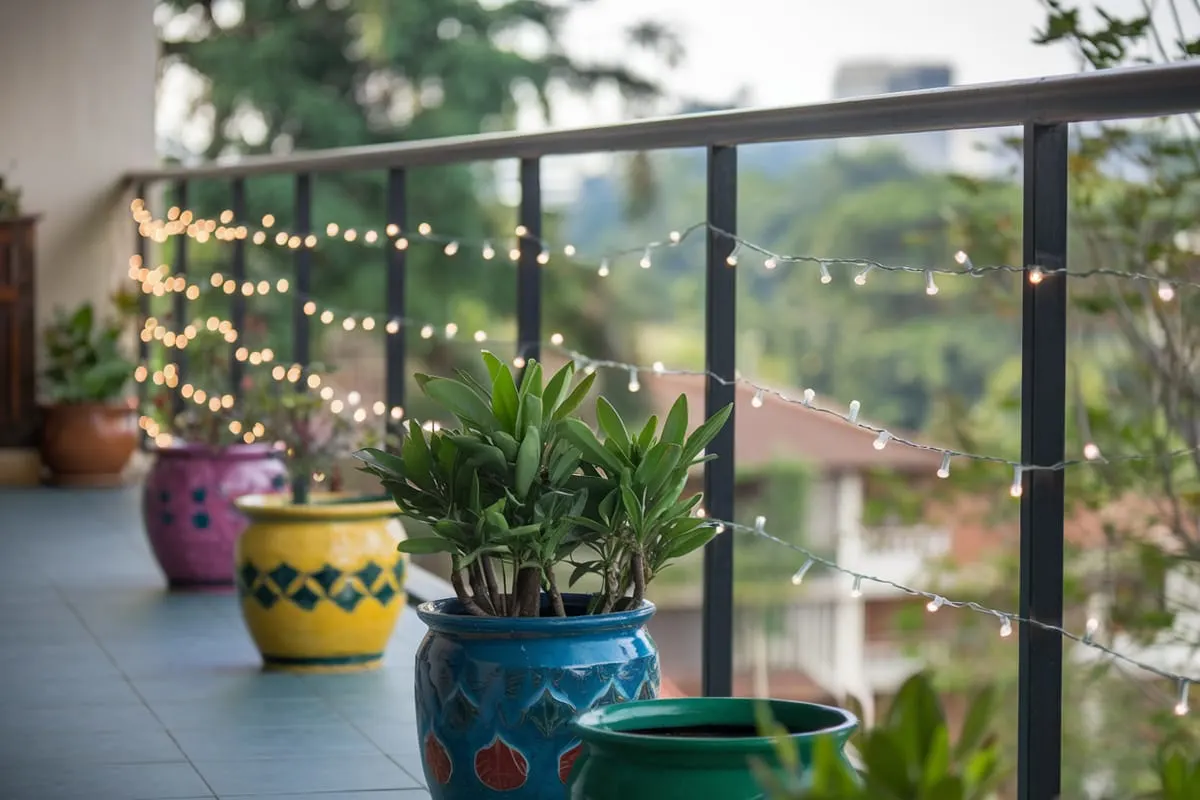In the concrete jungle, finding your own patch of greenery can seem like a dream. Yet, transforming a balcony into a thriving garden isn’t just possible; it’s incredibly rewarding. Balcony gardening offers a charming escape from urban chaos, bringing beauty and tranquility just outside your door.
Whether you’re aiming for a splash of color or a small vegetable patch, a little creativity and some know-how can turn that dream into reality.
Balcony gardens provide more than just aesthetic value; they contribute to cleaner air, create a sanctuary for beneficial insects, and even offer fresh produce.
With the right approach, anyone can cultivate their own slice of nature. Let’s explore some straightforward, effective strategies to help your balcony garden flourish amidst the cityscape.
1. Evaluate Your Space

The first step in creating a successful balcony garden is understanding the space you have. Consider the size, shape, and the amount of sunlight your balcony receives. Take note if any areas are sheltered by overhangs. These observations will guide your plant choices.
Sunlight is crucial; most garden plants prefer full sun, which means at least six hours of direct sunlight per day. Balconies facing south usually get the most sun, while north-facing ones may limit your options to shade-loving plants. However, with the right selection, even a shady spot can host a vibrant garden.
Also, assess the weight-bearing capacity of your balcony. Soil, pots, and water can add significant weight, so it’s important to ensure your building’s structure can support your garden dreams.
2. Choose the Right Plants

Choosing plants that suit your balcony’s conditions is key to success. Consider herbs like basil and mint, which thrive in moderate sunlight and are practical for culinary use, adding flavor to your kitchen adventures. For more color, marigolds or petunias are hardy choices that brighten up any corner with minimal fuss.
For those interested in edibles, cherry tomatoes and peppers can grow well in pots and provide a fruitful harvest. Remember, even in smaller spaces, vertical gardening techniques can maximize your plantings. Think vertically with hanging baskets or vertical planters to add layers and dimensions to your garden.
3. Use Quality Soil and Fertilizer

Quality soil is the foundation of a healthy garden. Opt for a good potting mix that offers both drainage and moisture retention. Avoid using garden soil as it tends to compact in containers, stifling plant growth.
Fertilization is your garden’s best friend. Containers have limited soil, which means nutrients can quickly deplete. Use a slow-release fertilizer to ensure your plants have a steady supply of nutrients. Regular feeding, according to plant needs, can make a noticeable difference in growth and yield.
4. Water Wisely

Watering is one area where most balcony gardeners either overdo or underdo. Too much water can lead to root rot, while too little can leave your plants parched and stressed. The key is consistency and understanding your plants’ needs.
Invest in a self-watering system or water-retaining crystals to make sure your plants receive consistent moisture. Pay attention to seasonal changes; during hotter months, plants may need more frequent watering, while cooler months may reduce the need.
5. Implement Pest Control

Pests can be persistent even on balconies. A vigilant eye is crucial for early detection and control. Start with natural remedies like neem oil or insecticidal soap to deter common pests organically.
Integrating companion planting, such as basil with tomatoes, can naturally repel pests and attract beneficial insects. Keep a close watch on your plants for any signs of pest invasion and address issues promptly to prevent them from spreading.
6. Rotate and Refresh

Like any garden, a balcony garden benefits from seasonal rotation. Different plants thrive in different conditions, so plan on refreshing your layout periodically. This not only keeps your garden healthy but ensures you enjoy a variety of plants throughout the year.
Consider starting with cool-weather plants like pansies and lettuce early in the spring, then switching to heat-loving varieties like peppers and zinnias in the summer. This rotation boosts soil health and reduces the likelihood of disease build-up.
7. Add Personal Touches

Your balcony garden is an expression of your personality. Add decorative elements like colorful pots, quirky garden statues, or string lights to create a space that feels like an extension of your home.
Consider seating if space allows, transforming your garden into a cozy retreat. Enjoy your morning coffee surrounded by your plants or unwind after a long day with the gentle aroma of herbs in the air. A few personal touches can turn a simple garden into your very own urban haven.
Balcony gardening isn’t just about plants; it’s about creating an experience. By incorporating these tips, you offer yourself a space that brings joy, relaxation, and a slice of nature to your everyday life.
So, get your gardening gloves, embrace the challenge, and watch your urban sanctuary come to life.

